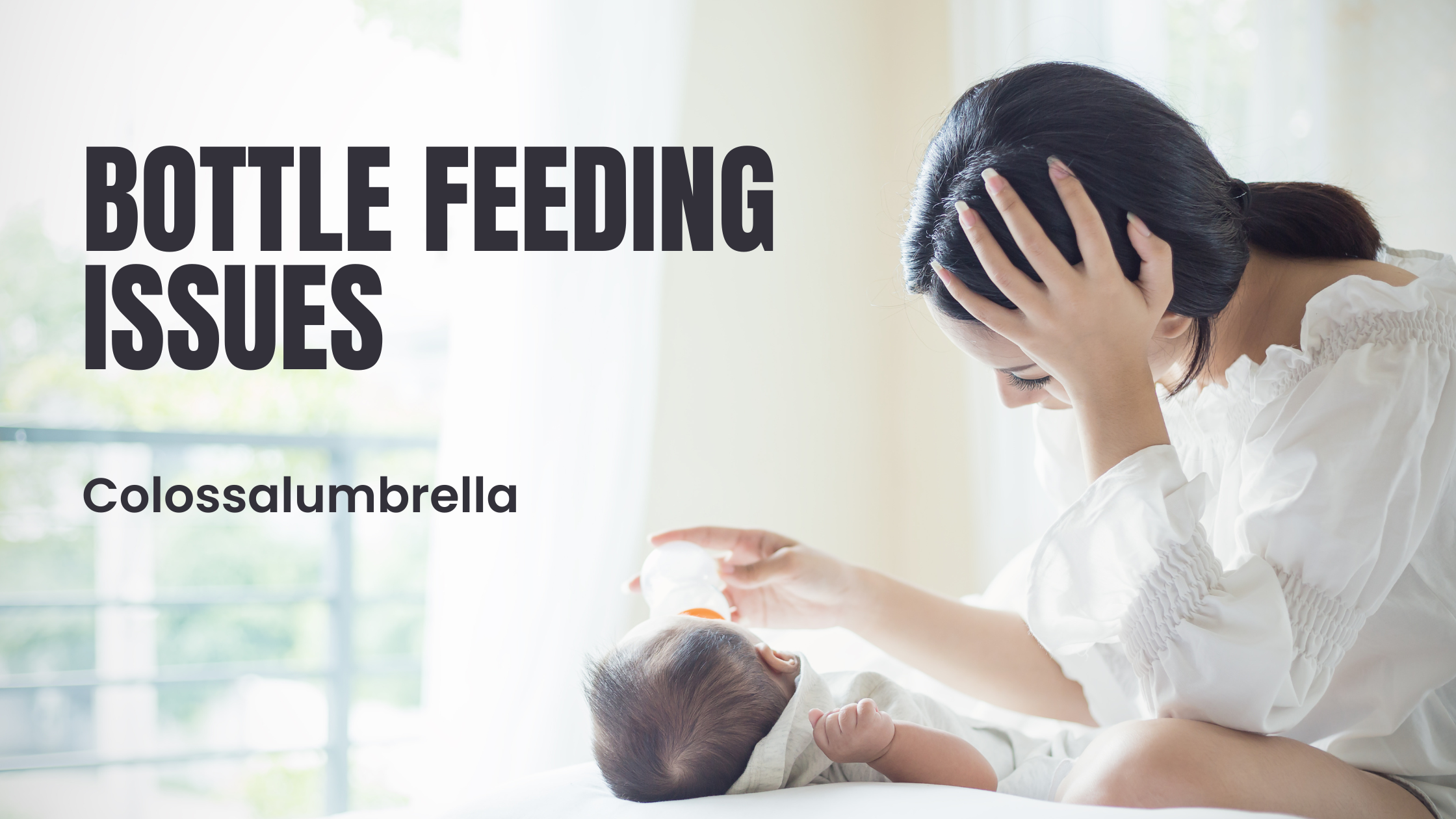Contents
Ah, the joys of parenting. The sweet smell of baby powder, the sound of laughter, and…oh, the endless squirming and crying during bottle feeding. Don’t get me wrong, feeding time is a precious bonding experience, but it can also feel like a wrestling match with a tiny opponent. It’s like trying to hold a slippery fish while it screams in your ear. But fear not, dear parents, for you are not alone. In this post, we’ll tackle the issue of fussy feeders head-on and provide you with tips and tricks to make mealtime a little less chaotic. So, put on your feeding armor and let’s get started!
Subscribe to my blog for Parenting tips that will make you feel like a pro, and get access to exclusive free Printables that will keep your little ones busy and happy!
6 Reasons behind baby squirms and cries while bottle feeding
Ah, feeding time – that magical moment of bonding between parent and child… or, if you have a fussy feeder, it can feel more like a battle of wits. Your baby squirms, cries, and generally makes it clear that they are not having a good time. It can be frustrating and exhausting, but fear not!
Now, there are many possible reasons why your little one might be putting up a fight during feeding time. Perhaps they’re hungry and impatient, or maybe they’re just not in the mood for your singing (no offense, of course). Maybe they’re feeling a little gassy, or they’re trying to communicate with you in their own, adorable way: “Mom, Dad, I appreciate the effort, but this formula just isn’t my jam.”
- Hunger: It’s possible that your baby is crying and squirming because they’re hungry and want to eat more. Babies have small stomachs, and they may need to eat more frequently than you expect.
- Gas: If your baby is crying and arching their back during feedings, they may have gas. This can be uncomfortable and cause them to squirm and cry.
- Reflux: Some babies have acid reflux, which can cause them to spit up or vomit during or after feedings. This can be painful and uncomfortable, leading to fussiness and crying.
- Teething: If your baby is teething, they may be experiencing pain and discomfort in their gums. This can make feeding time a frustrating and uncomfortable experience for them.
- Overstimulation: Sometimes, babies can become overstimulated during feedings if there’s too much noise or activity happening around them. This can cause them to squirm and cry as they try to block out the distractions.
- Discomfort: If your baby is uncomfortable, perhaps because they have a dirty diaper or are too hot or cold, this can affect their ability to focus on feeding and cause them to cry and squirm.
By identifying the underlying cause of your baby’s fussiness during feeding, you can take steps to ease their discomfort and make mealtime a more enjoyable experience for both you and your little one.

Solutions to ease baby discomfort during bottle feeding
Now that we’ve identified some of the common reasons why babies may squirm and cry during bottle feeding, let’s explore some possible solutions to ease their discomfort.
- Check the temperature: One reason your baby may be unhappy during feeding time is that the formula or breast milk is too hot or cold. Always test the temperature before feeding your baby, and aim for a temperature that’s close to body temperature (around 98.6°F).
- Try a different position: Experiment with different feeding positions, such as holding your baby more upright or at a different angle. This can help reduce gas and reflux, which can make feeding more comfortable for your little one.
- Burp often: Burping your baby frequently during feeding can help release any trapped air and reduce discomfort. Try burping them every few ounces or after switching sides.
- Teething remedies: If your baby is teething and experiencing pain and discomfort, you can try using teething toys or a cold washcloth to ease their sore gums before feeding time.
- Minimize distractions: Some babies become overstimulated during feeding time, which can cause them to squirm and cry. Try to minimize distractions by feeding your baby in a quiet, calm environment.
- Use anti-colic bottles: Anti-colic bottles are designed to reduce the amount of air your baby ingests during feeding, which can help prevent gas and discomfort.
- Patience and persistence: Finally, it’s important to remember that some babies simply take longer to adjust to feeding than others. Be patient and persistent, and don’t be afraid to experiment with different feeding techniques and schedules until you find what works best for you and your baby.
5 Simple Tips to Overcome Feeding Difficulties in Your Baby
Encouraging Your Baby to Eat More
One of the easiest ways to encourage your baby to eat more is by offering smaller, more frequent feedings throughout the day. This can help prevent your baby from becoming too full or too hungry, which can make it difficult for them to eat. Additionally, try to create a calm and relaxed environment during feedings, as stress can make it difficult for babies to eat.
When to Consult Your Pediatrician
If you’re concerned that your baby is not eating as much as they should be, it’s important to consult your pediatrician. They can help determine if there are any underlying medical conditions that may be contributing to the problem. Additionally, they may be able to recommend alternative feeding methods or suggest ways to increase your baby’s appetite.
Feeding Schedules and Routines
Establishing a regular feeding schedule can help your baby establish a routine and make it easier for them to eat. Try to feed your baby at around the same time each day, and be consistent with the length of each feeding. Additionally, try to create a comfortable feeding environment, such as by using a nursing pillow or bottle warmer.
Alternative Feeding Methods
If your baby is having difficulty latching on, there are several alternative feeding methods that you can try. For example, you may want to consider using a breast pump to express milk and feed your baby with a bottle. Alternatively, you may want to consider using a nipple shield or consulting a lactation consultant to help with latching on.
Conclusion
Feeding time can be unpredictable, messy, and at times, downright frustrating. But, with a little creativity, patience, and a whole lot of love, we can help make feeding time a little less chaotic and a lot more enjoyable.
There’s no one-size-fits-all solution when it comes to feeding your baby. Every baby is unique, with their own personality and preferences. So, you have to experiment with different techniques, positions, and schedules until you find what works best for you and your little one.
And, if all else fails, embrace the chaos with confidence. Even God has made mistakes while creating a world, so as humans you are allowed to make mistakes.
Cheers to all the parents out there who are navigating the wacky world of baby feeding. You’re doing great, even when it doesn’t feel like it. Just keep on feeding, burping, and loving your little ones with all your heart – and don’t forget to have a sense of humor along the way!
I would stay connected and keep you updated with parenting tips, pregnancy guides, creative ideas, easy crafts, and Free Printables. Subscribe to Colossalumbrella to get new ideas delivered to your inbox. Follow me on Facebook, Pinterest, Twitter, and Instagram.


2 thoughts on “6 Basic Reasons for Baby squirms and cries while bottle feeding ”
Comments are closed.